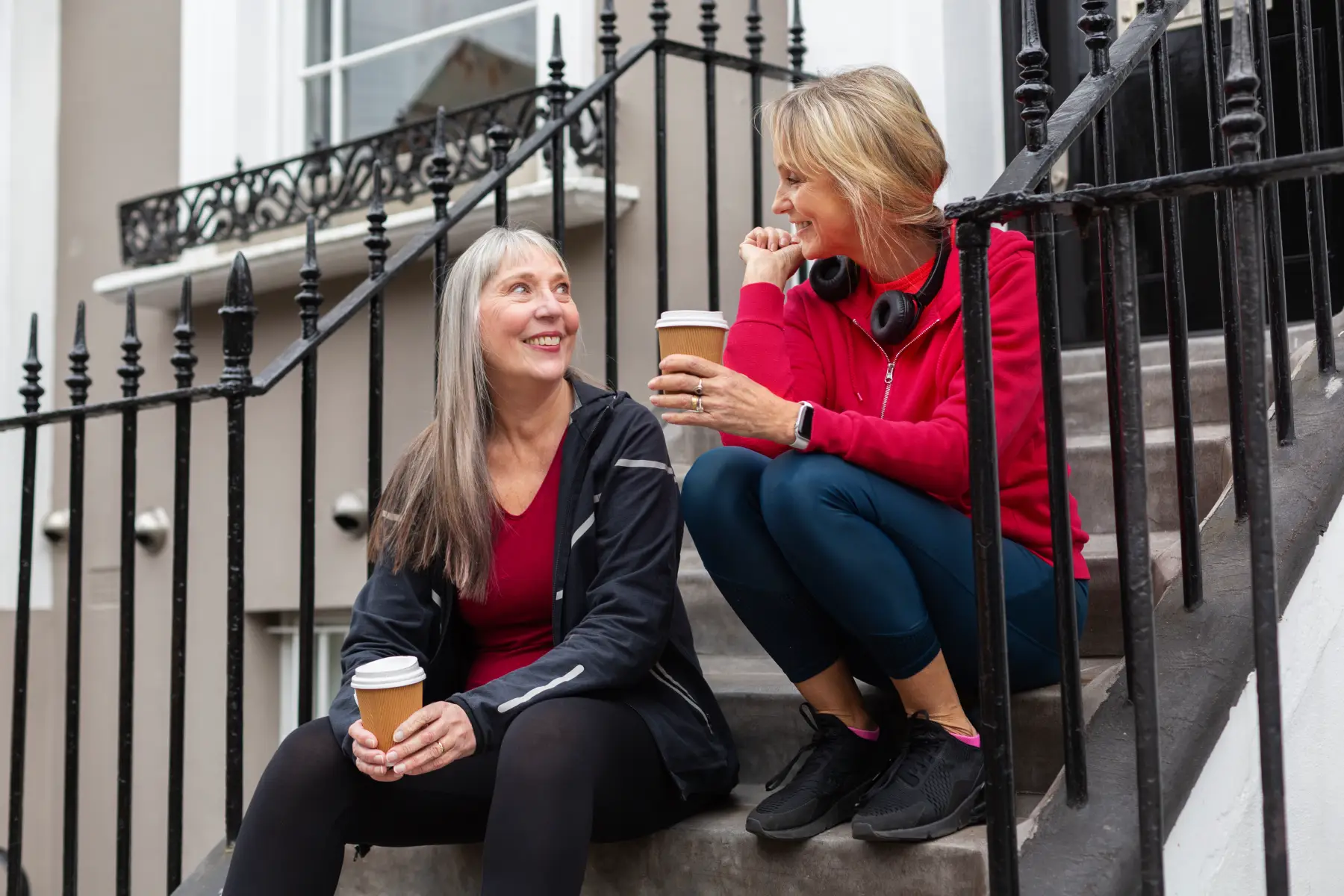Executive Summary
In recent decades, the conversation surrounding mental and physical health has evolved significantly, with an increasing emphasis on holistic approaches to well-being. While traditional therapies such as Cognitive Behavioural Therapy (CBT), medication, or physiotherapy remain essential cornerstones of treatment, there is a growing awareness of the benefits of incorporating alternative healing techniques into overall health plans.
From mindfulness practices to acupuncture, these additional therapies offer individuals a way to complement conventional care, often addressing underlying emotional, physical, and neurological imbalances that standard methods might overlook. This whitepaper explores the power of alternative healing techniques, discusses their integration with traditional therapies, and examines how they can produce synergistic outcomes for individuals on their recovery journeys.
Introduction
In the modern landscape of healthcare, the term “therapy” has broadened to encompass a diverse spectrum of techniques designed to optimise mental, physical, and emotional well-being. Traditional therapies — rooted in evidence-based methods — remain highly effective, but even the most rigorous treatments often benefit from supplementary approaches. These additional therapies, often referred to as complementary or alternative therapies, offer holistic pathways to healing, enhancing the body and mind’s capacity to self-repair.
Alternative healing techniques are not replacements for evidence-based treatment; rather, they are adjuncts that promote a deeper exploration of the relationship between lifestyle, emotions, body awareness, and disease. With growing evidence and increased demand, many professionals across the globe now recommend integrating these methods into patient care plans.
This guide will provide an overview of some of the most effective additional therapies, discuss their benefits, and advise on ethically incorporating them into treatment programs.
The Fundamental Concepts of Additional Therapy
Complementary and alternative therapy operates on the principle that the human mind and body are interconnected. Unlike conventional treatments that often focus on alleviating symptoms, alternative healing aims to address the root causes of distress by enhancing the balance of physical, emotional, and spiritual energy.
Key characteristics include:
- Holistic Focus: Treats the individual as a whole, considering mental, emotional, social, and spiritual aspects of health.
- Personalised Treatment: Tailors interventions based on the person’s unique needs, preferences, and lifestyle, rather than uniform medical solutions.
- Prevention as Core Philosophy: Encourages building long-term resilience to protect against future ailments.
While these therapies have been dismissed by some as unproven, many are validated by historical tradition or supported by emerging scientific evidence. Their growing popularity across the globe reflects a broader cultural shift toward empowering individuals to take active roles in their healing process.
Types of Additional Healing Techniques
The scope of complementary therapies is vast, ranging from ancient practices to modern approaches rooted in neuroscience and biology. Below is an exploration of some of the most widely recognised and studied techniques.
1. Mindfulness and Meditation
Mindfulness practices have been embraced as powerful tools for managing stress, improving focus, and reducing emotional reactivity. These techniques encourage individuals to remain present and aware of their thoughts and feelings without judgment. Meditation, in particular, has gained traction for its ability to reduce anxiety and improve mental clarity.
Key Benefits:
- Improves emotional regulation by reshaping the brain’s neural pathways
- Reduces symptoms of anxiety, depression, and post-traumatic stress disorder (PTSD)
- Enhances relaxation and sleep quality
- Non-invasive and accessible
Mindfulness-based stress reduction (MBSR) and mindfulness-based cognitive therapy (MBCT) are derivatives of this practice that integrate seamlessly with psychotherapy, particularly for recurring depression or chronic pain patients.
2. Yoga Therapy
Yoga, an ancient practice from India, combines movement, breathwork, and meditation for both physical and mental well-being. Yoga therapy focuses on tailoring these techniques to the specific health goals of an individual.
Key Benefits:
- Reduces pain and stiffness, particularly in individuals with musculoskeletal conditions like arthritis
- Enhances emotional resilience and clarity
- Lowers levels of harmful stress hormones
- Strengthens self-awareness and promotes self-compassion
Yoga therapy integrates well with physiotherapy, offering patients a sustainable way to regain body strength and flexibility.
3. Acupuncture
With roots in traditional Chinese medicine, acupuncture involves inserting fine needles into key points of the body to restore internal balance. According to traditional beliefs, this technique harmonises the flow of energy or “Qi” within the body. From a biomedical perspective, acupuncture is thought to stimulate the body’s neurological and biochemical responses.
Key Benefits:
- Alleviates chronic pain, including migraines and back pain
- Enhances recovery from injuries and post-surgical discomfort
- Reduces stress-related insomnia and gastrointestinal symptoms
Increasingly recommended by biomedical professionals, acupuncture serves as a valued adjunct for individuals with chronic or unmanageable conditions.
4. Art and Music Therapy
Creative therapies such as art and music therapy offer alternative ways to process emotions that may be hard to express verbally. These sessions involve either creating art/music or using existing works to encourage reflection and healing.
Key Benefits:
- Facilitates emotional self-expression in therapeutic settings
- Improves cognitive and memory functions — particularly in individuals with dementia or Alzheimer’s
- Alleviates emotional symptoms such as grief, anger, or anxiety
- Useful for child therapies or trauma recovery when traditional communication may be blocked
These therapies are particularly useful in clinical and rehabilitation settings, where they provide gentle, non-verbal outlets for healing.
5. Hypnotherapy
Hypnotherapy leverages a deep state of relaxation (hypnosis) to access the subconscious mind and drive positive behavioural or emotional changes.
Key Benefits:
- Eases phobias or social anxieties that are difficult to address in a conscious state
- Aids in breaking destructive habits, such as smoking or overeating
- Improves confidence and concentration
- Can complement CBT or psychoanalysis
Hypnotherapy requires a trained practitioner and is most effective when integrated into a broader psychological plan.
6. Nature Therapy (Ecotherapy)
Nature-based practices — whether through simple walks in green spaces, gardening, or forest bathing — are increasingly validated for their powerful mental health benefits.
Key Benefits:
- Reduces symptoms of stress, depression, and burnout
- Reinvigorates mental clarity and creativity
- Reconnects individuals with their environment, fostering purpose and calm
- Acts as a free and low-stigma therapy option
Ecotherapy is especially valuable in urban centres, where access to natural spaces may be limited.
7. Reiki and Energy Healing
Energy-based practices such as Reiki focus on directing spiritual or life energy to balance and harmonise an individual’s natural flow. While there is limited scientific evidence supporting these forms of healing, many individuals report improvements in relaxation and emotional states after sessions.
Key Benefits:
- Non-invasive, suitable for individuals seeking gentle treatment
- Enhances spiritual awareness and clarity of purpose
- May serve as an emotional release tool during crises
The Science Behind Alternative Healing
While many healing techniques are steeped in tradition, an increasing body of research demonstrates their physiological and neurological impacts.
- Neuroplasticity: Mindfulness and meditation contribute to rewiring neural pathways, enhancing regions associated with emotional regulation and stress management.
- Endorphin Release: Acupuncture and yoga stimulate the release of endorphins, the body’s natural ‘feel-good’ chemicals.
- Autonomic Nervous System Regulation: Practices like Reiki and hypnotherapy help soothe the nervous system, promoting relaxation and reducing states of hyperarousal.
These mechanisms illustrate how alternative therapies complement biological processes to enhance recovery.
Integrating Additional Therapy with Traditional Methods
While alternative healing techniques offer numerous benefits, they are most potent when combined with conventional care. Professionals and clients alike benefit from an integrated approach. For instance:
- CBT with Mindfulness Techniques: Clients struggling with intrusive thoughts can learn to manage the problem-solving components of CBT alongside mindfulness techniques, which allow them to let go of unhelpful rumination.
- Medication with Yoga: Those on long-term medication for chronic conditions may use yoga therapy to alleviate side effects and enhance physical health.
However, it is essential to ensure any integrated therapeutic plan is guided by qualified professionals to avoid clashes in methodologies.
Ethical Considerations
As alternative therapies become more mainstream, ethical concerns also emerge. Practitioners should ensure that:
- Client Safety is Paramount: Any additional therapy must not override or conflict with recommended medical treatments.
- Informed Consent is Secured: Clients must fully understand how techniques work and the evidence supporting them.
- Qualified Experts are Employed: Only accredited or experienced professionals should conduct therapies such as acupuncture or hypnotherapy.
Challenges and Misconceptions
Despite their benefits, certain barriers prevent individuals from fully embracing additional therapies:
- Stigma: Some regard alternative healing techniques as unscientific or ineffective.
- Cost and Accessibility: Many therapies, such as acupuncture and yoga classes, remain inaccessible to those on tight budgets.
- Over-Reliance on Alternative Methods: Without proper integration, some individuals may forgo necessary medical treatment in favour of holistic approaches.
Conclusion
Additional healing techniques offer unique opportunities to enhance health outcomes, supporting mental and physical well-being in ways conventional therapies sometimes cannot. These approaches, rooted in both tradition and emerging science, provide tools to deepen the connection between the body, mind, and environment while addressing underlying symptoms.
By integrating complementary therapies into treatment plans and embracing a holistic framework for recovery, both professionals and clients can achieve meaningful, long-term results. When applied responsibly, additional therapies empower individuals to take an active role in their journey towards healing — not just overcoming illness, but embracing whole-person wellness.










